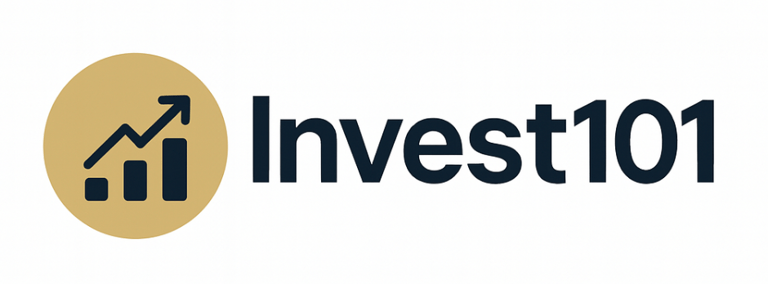Protecting your purchasing power in a rising-cost world
Inflation is a silent force, it doesn’t crash your portfolio in a single day, but it slowly chips away at your purchasing power. Over time, even modest inflation can significantly reduce the value of your savings if you aren’t prepared. Let’s break down what inflation erosion is, and how you can protect your money from it.
7/7/20252 min read


What Is Inflation Erosion?
Inflation erosion happens when the rate at which prices increase outpaces the returns on your savings.
For example, if inflation runs at 4% annually and your bank savings earn 1%, you’re effectively losing 3% in real terms every year. After 10 years, that means 25%+ less buying power.
Why It Matters
Long-term savings are at risk — especially in low-interest environments.
Cash loses value over time if left idle.
Retirees and fixed-income earners are particularly vulnerable.
Even modest inflation eats into your future. At 3% inflation, something that costs $100 today will cost $134 in 10 years.
5 Strategies to Protect Your Wealth from Inflation
1. Stay Invested and Reinvest Returns
One of the most powerful defenses against inflation is consistency.
Staying invested and reinvesting dividends or coupons allows compound growth to outpace inflation over time.
Avoid emotional decisions during market volatility
Reinvest income for compounding
Use dollar-cost averaging to stay disciplined
Inactivity and excessive cash drag are two silent inflation killers.
2. Adjust Your Asset Allocation Regularly
As inflation dynamics shift, your portfolio should adapt too.
Review allocations annually
Increase exposure to inflation-resilient assets when needed
Reduce excess cash and long-duration fixed income
Dynamic rebalancing ensures your portfolio remains aligned with your goals in real terms.
3. Invest in Inflation-Protected Securities
These are designed specifically to shield your capital from inflation:
TIPS (U.S. Treasury Inflation-Protected Securities)
European inflation-linked bonds
Hong Kong iBond (for local investors)
Returns adjust with inflation, ensuring you preserve purchasing power — particularly useful for conservative or retired investors.
4. Real Assets: Real Estate & Commodities
Real, tangible assets often rise in value alongside inflation.
Real estate offers rental income and potential appreciation
Commodities like oil and gold often perform well during inflationary periods
REITs (Real Estate Investment Trusts) are a practical way for everyday investors to access this space.
5. Invest in Equities (Stocks)
Equities historically deliver the strongest inflation-beating returns over the long term.
Companies can raise prices in line with inflation
Growth stocks and dividend stocks offer different inflation profiles
Long-term equity holders typically outperform inflation by a wide margin
While short-term volatility exists, equities remain the core engine of real wealth creation.
Final Thoughts
Inflation may be invisible day to day, but its effects are lasting. By combining a long-term mindset with smart portfolio adjustments and the right asset mix, you can defend your wealth and keep your future goals intact.
The worst response to inflation is doing nothing.
Invest101.blog
Articles and resources for smart investing.
Contact
contact@invest101.blog
© 2025. All rights reserved.
